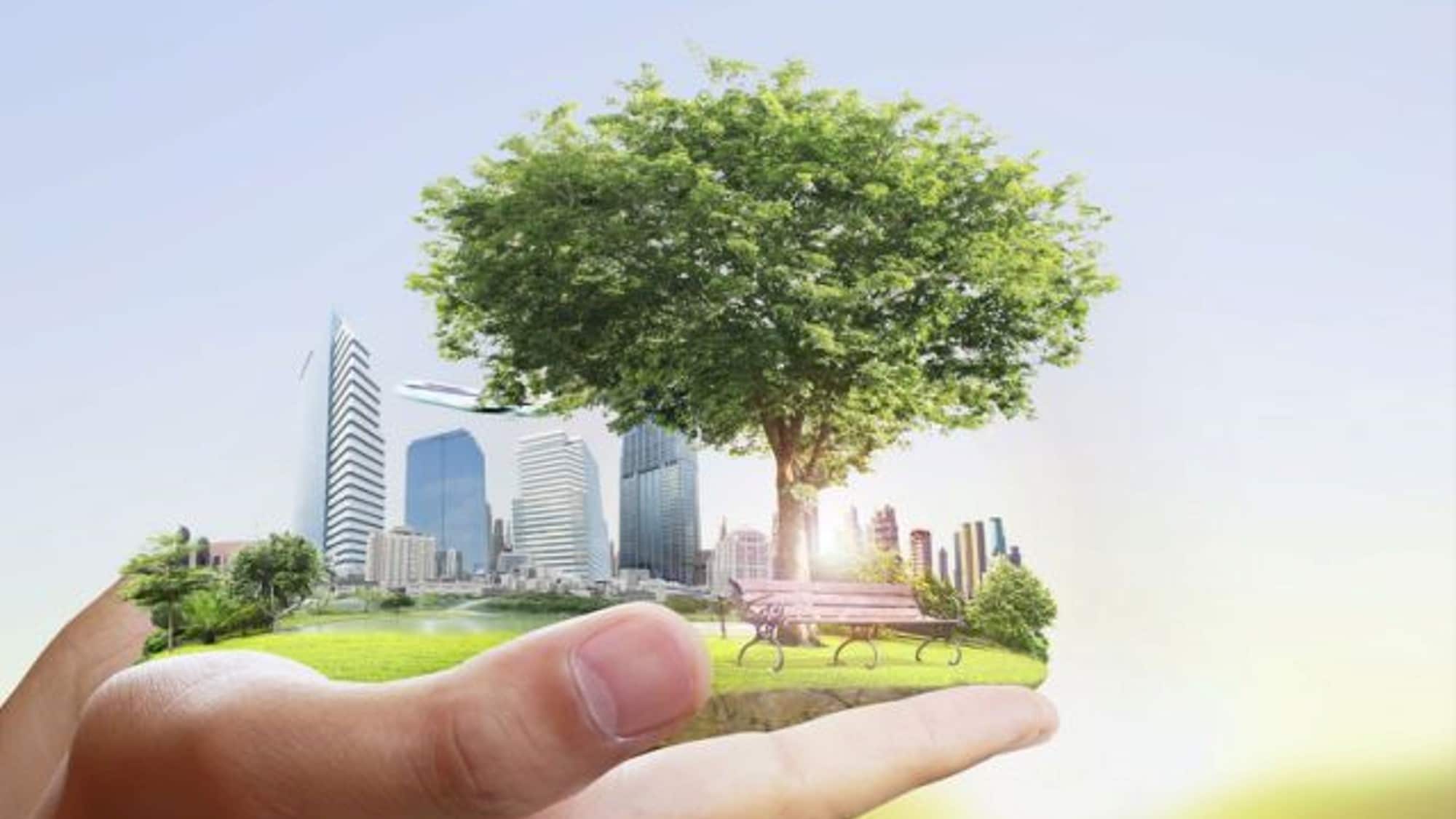A new and exciting achievement for the green BTP. The first Italian long term green bond is coming. The launch of green BTPs, that will be issued to finance environmental spending and the fight against climate change, is “imminent” and the Mef (Ministero dell’Economia e Finanza) is working towards the goal of a debut within the first quarter, “an objective that is within reach”. – Davide Iacovoni, head of the Treasury for public debt.
The bond will finance sustainable projects to a € 35 billion maximum: transport projects will play the most important role. The € 35 billion are therefore a sort of “theoretical maximum limit” then, based on market conditions and above all on the demand, the weight of the issue will be decided. More in depth, the green BTP will refinance expenses already made in the 2018-2020 period and then will cover those forecasts for 2021.
Defining the size of the green bond market, the general manager of the Mef, Alessandro Rivera, recalled how in Italy between 2019 and 2020 the emissions of the green private sector exceeded a total of only € 20 billion while globally last year they reached $ 400 billion, a strong increase compared to $ 290 billion in 2019. Of these “green bonds represented a significant share of 51%” and for 2021 they estimated to close with around $ 350 billion issues.
Green bonds are issued by public issuers and companies to finance environmental and climate projects. In addition, social bonds with a focus on social developments and sustainable bonds have established themselves as a hybrid form of green and social bonds. In light of the general trend towards sustainable investment, the segment of green, social and sustainable bonds has grown rapidly in recent years. More than half of these bonds are specifically designed to mitigate the effects of Covid-19.
The Mef, led by Daniele Franco, closed the syndicated placement of the first € 8.5 billion green BTP with maturity on April 30th, 2045, entrusted to a pool of banks: Bnp Paribas, Crédit Agricole, Intesa Sanpaolo, JP Morgan and NatWest Markets. The new extra-long title is “dedicated to financing the expenses incurred by the state with a positive environmental impact”.
The Structure of the green BTP
During the Mef press conference the framework that accompanies the issuance of green bonds was examined: it should be noted immediately that the Italian green BTP will follow the indications of the international association of capital markets (Icma) or the Green Bond Principles, the most followed international standards.
Moreover, it is fundamental to underline the willingness to create an alignment as close as possible with the draft of the EU Green Bond Standards, recently discussed by the European Union.
“Italy will finance state expenditures intended to contribute to the achievement of one or more of the following environmental objectives – the document reads -, as outlined by the European taxonomy of sustainable activities. So here’s where the money from the green BTP will go: mitigation of climate change; adaptation to climate change; sustainable use and protection of water resources and the marine environment; transition to a circular economy; pollution prevention and control; protection, improvement and restoration of biodiversity, ecosystems and environmental services.
2030 Goals
Furthermore, the Mef selected 7 goals among the 17 Sustainable development goals established by ONU in order to limit the financial expenses of the green BTP: Clean Water and Hygiene; Clean and Accessible Energy; Sustainable Cities and Communities; Responsible Consumption and Production; Act for the Climate; Life Underwater; Life on Earth.



